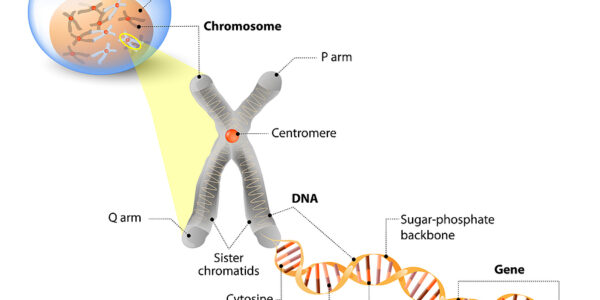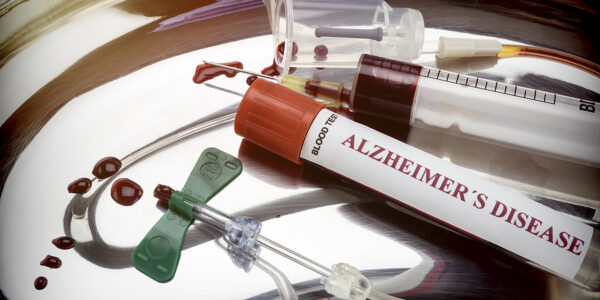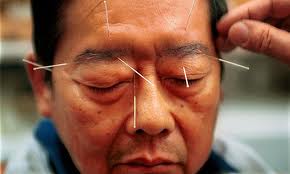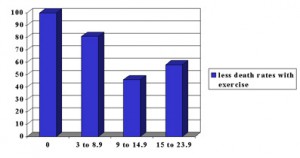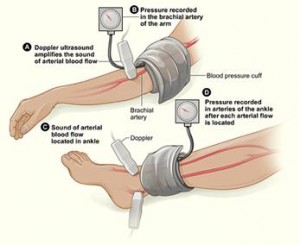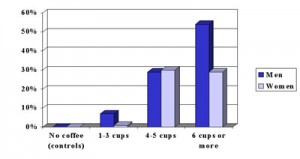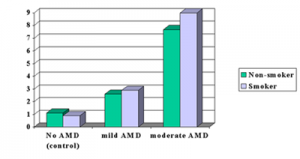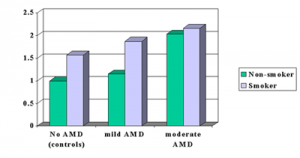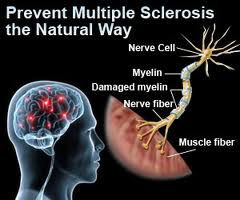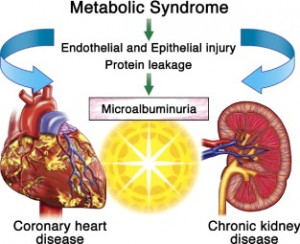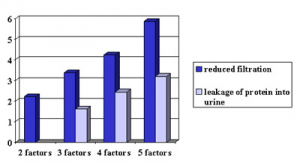For many years it was merely a clinical impression that some headache sufferers were helped by acupuncture. Over the years many attempted to show that acupuncture works for headaches, but the studies were done with too few patients to reach statistically meaningful results.
In a recent English study that was published by Andrew J Vickers et al. in the British Medical Journal on March 27, 2004 patients were randomly assigned to a conventional headache treatment protocol or to treatment with acupuncture. 401 patients were enrolled in this randomized study and the patients came from general practitioners in Wales and England. The patients all had similarly severe headaches or chronic headaches and had mainly migraines, but also tension type headaches. Several universities took part in the design of the study to ensure that the Cochrane criteria of evidence based medicine were adhered to. Headaches were measured according to a score that consisted of detailed standardized questionaires. Treatment with acupuncture consisted of 12 treatments over 3 months. The control headache group was treated with the usual care.
The headache sufferers were assessed at the 12 month point. There were significant differences in favor of the acupuncture treated patients. The acupuncture group had on average 22 fewer days of headaches per year than the control group. This resulted in 15% less medication use, 25% fewer doctor visits and 15% fewer sick days.
Acupuncture treated headache sufferers felt physically more active, they had more energy and they felt a positive change in their health.
More information about causes of headaches: http://nethealthbook.com/neurology-neurological-disease/common-causes-headaches/
British Medical Journal: BMJ 2004;328:744 (27 March).
Last edited October 26, 2014

